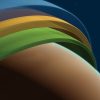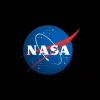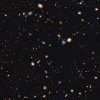Toyota unveils manned lunar rover concept0
- From Around the Web, Science & Technology, Space
- March 15, 2019
The automotive giant has designed a new pressurized vehicle that astronauts can drive around on the moon.

The automotive giant has designed a new pressurized vehicle that astronauts can drive around on the moon.
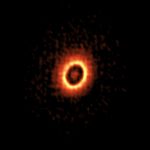
Researchers have spotted the formation sites of planets around a young star resembling our Sun. Two rings of dust around the star, at distances comparable to the asteroid belt and the orbit of Neptune in our Solar System, suggest that we are witnessing the formation of a planetary system similar to our own.
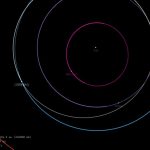
The house-sized asteroid – designated 2019 EA2 – will pass safely by our planet on the night of March 21-22, 2019.
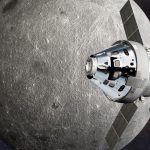
NASA is considering moving the Orion spacecraft that was to fly on the first Space Launch System mission to a commercial rocket to keep that mission on schedule for mid-2020.
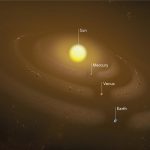
Just as dust gathers in corners and along bookshelves in our homes, dust piles up in space too. But when the dust settles in the solar system, it’s often in rings. Several dust rings circle the Sun. The rings trace the orbits of planets, whose gravity tugs dust into place around the Sun, as it drifts by on its way to the center of the solar system.
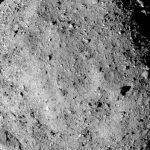
In late 2018, the Origins, Spectral Interpretation, Resource Identification, Security-Regolith Explorer (OSIRIS-REx) spacecraft arrived at Bennu, the asteroid it will be studying and sampling over the next several years.
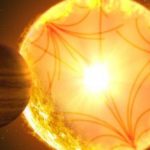
An international team of astronomers, led by University of Hawaii graduate student Ashley Chontos, announced the confirmation of the first exoplanet candidate identified by NASA’s Kepler Mission. The result was presented at the fifth Kepler/K2 Science Conference held in Glendale, CA.

Pallas, our solar system’s third largest and wholly unexplored asteroid, is the target for a potential SmallSat NASA flyby mission for possible launch in 2022. This remnant protoplanet, in fact, remains the largest unexplored planetary body inside the orbit of Neptune.
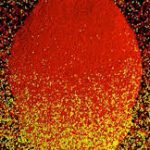
Despite what Hollywood tells us, stopping an asteroid from creating an extinction-level event by blowing it up may not work.
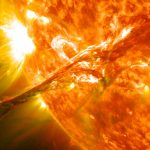
Before coronal mass ejections, plasma shoots up, breaks apart and then comes together again.
